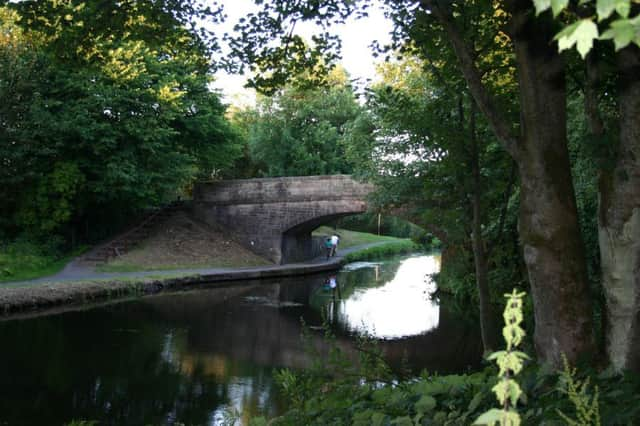Two hundred yearsof the UnionCanal


It was the capital’s response to the Great Canal from Forth to Clyde promoted by the city fathers who were anxious to access cheap supplies of Lanarkshire coal following a series of very chilly winters.
It was no easy task to get all the interested parties to agree on the route and 20 years of wrangling came and went before the line from Fountainbridge to Falkirk was finally chosen.
Advertisement
Hide AdAdvertisement
Hide AdWork began at the Edinburgh end to the design of the engineer Hugh Baird who had worked on the Forth and Clyde, and continued, following the contours of the land right through to Falkirk, a total distance of 31 miles. Where valleys lay in its path great aqueducts were built such as the 12 mighty arches of the Avon aqueduct over 80 feet above the river and stretching for 900 feet. But the barriers were not always physical.
Famously the Forbes family refused to allow the canal to come close to Callendar House resulting in the phenomenal 690 yard ‘‘dark tunnel’’ under Prospect Hill which I described in an article a year or so ago.
Unlike the Forth and Clyde Canal, the Union Canal had no locks and, because it was an inland waterway with no high-masted vessels, the overbridges were of stone, numbered 1-62 starting in the city, the last being the familiar Bantaskine Bridge. At the Falkirk end a flight of 11 locks bridged the 110 foot gap to Lock 16 on the Forth and Clyde at Camelon.
While the passengers walked down to the basin to partake of refreshment at Union Inn, the barges passed through the chain of locks ready for embarkation and a renewed journey to the west.
Advertisement
Hide AdAdvertisement
Hide AdThe whole project was completed in 1823 linking the cities of Edinburgh and Glasgow and placing Falkirk at the heart of a communications system that transformed the economy of Scotland
Passenger trade was important but it was the carriage of coal from the Braes and stone from the quarry at Brightons that brought new opportunities to our area.
Coming in the opposite direction were vast quantities of ‘polis dung’ from of the teeming city of Edinburgh (‘polis’ meant the city not the local constabulary!) put to vital use as a fertiliser throughout central Scotland.
Despite all of this, the Union Canal was never quite as successful as the Forth and Clyde.
Advertisement
Hide AdAdvertisement
Hide AdThe coming of the railways just 20 years after it opened dealt both canals a serious blow although they continued to operate for well over a century.
Thereafter the decline accelerated and in 1933 the section linking the two canals was abandoned and the locks filled in.
In the early 1960s an Act of Parliament closed both canals.
Years of neglect followed and the canal became overgrown, choked with weeds and rubbish, and polluted by chemicals and other waste. But there were those who dreamed of the day when both waterways would be restored and their faith paid off in the 1990s with the Millennium project and its crowning glory, the magnificent Falkirk Wheel, which replaced the old 11-lock link. . My own early memories of the Union Canal are of a kind of sleepy rural backwater where wee boys fished for baggies, collected frog spawn and built rafts from old doors to sail across to South Bantaskine. Today Seagull Trust boats sail from their boathouse with happy passengers, young and old, reviving past memories or simply experiencing the delights of the canal.